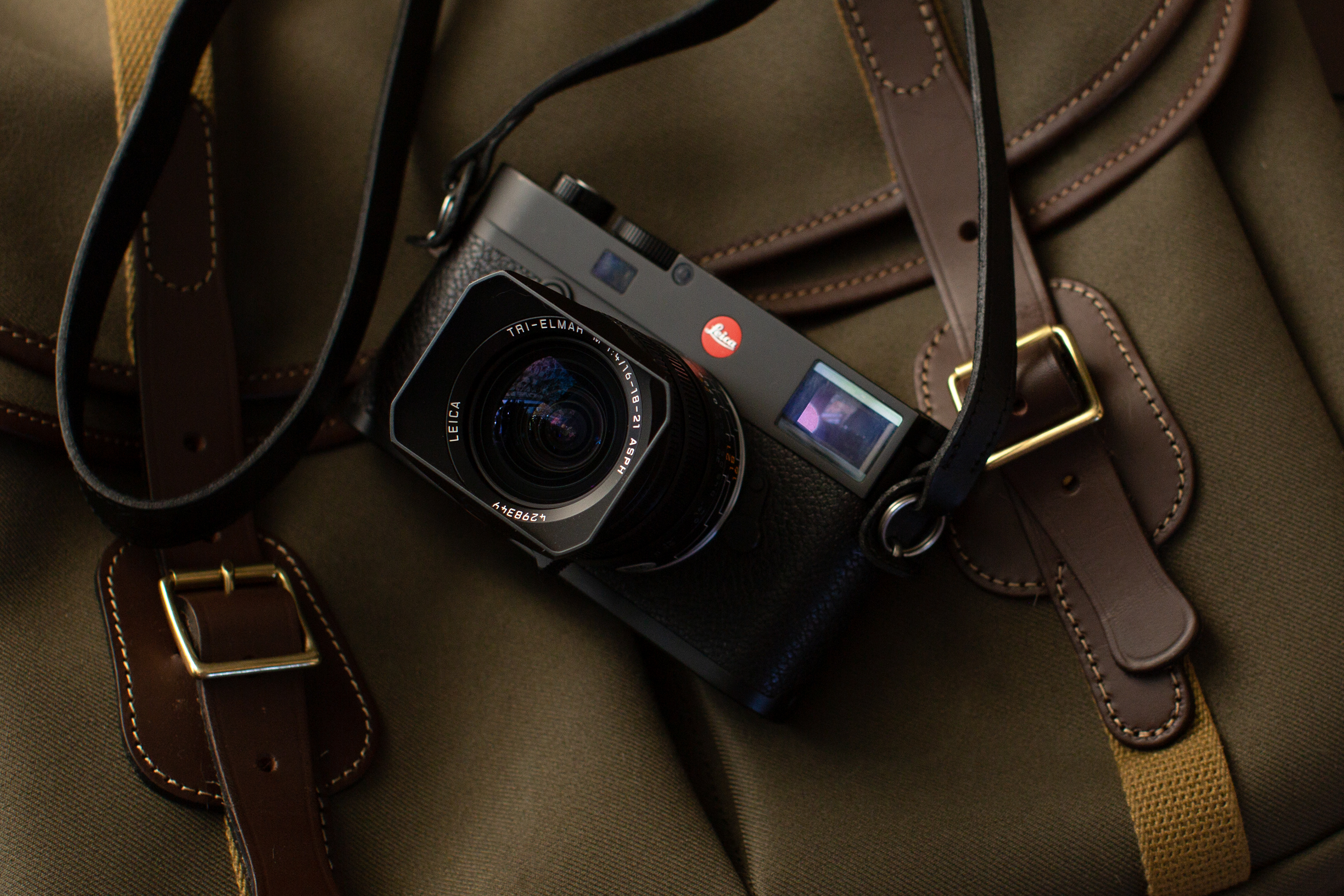Wide angle lenses tend to be built with specificity in mind. They are rarely designed to be your main workhorse. When it comes to Leica brand lenses for M-mount, there aren’t many options for super wide-angle options. The Leica 16-18-21mm Tri-Elmar f4 lens offers three wide focal lengths in one compact design. You can compose one frame and easily change the perspective and focal length with the turn of a dial. It specializes in several genres quite well and makes it an excellent crossover lens. Keep reading to find out more.
You can view this article and much more with minimal ads in our brand new app for iOS, iPadOS, and Android.
Table of Contents
Too Long Didn’t Read
The Leica 16-18-21mm Tri-Elmar f4 lens is a specialty lens that takes some practice to use. An external wide-angle viewfinder cuts down on the learning curve time. Once you become acquainted with the lens, it creates beautifully sharp images with vibrant colors and superb contrast. You can embrace distortion with low angles and create fun fashion images. Images require minimal editing, if any. It is also ideal for architecture and real estate. Verticals and vignetting are easily corrected in post.
Pros and Cons
Pros
- Three focal lengths in one
- Sharp
- Plenty of contrast
- Well-built
- Minimal distortion for wide-angle
Cons
- Need an additional viewfinder to see the correct image in frame
- It takes a while to learn proper framing without the viewfinder
- Not weather-sealed
Gear Used
We tested the Leica Tri-Elmar 16-18-21mm f4 lens with a Leica M10-r body from LensRentals. We used the Broncolor Siros L 800Ws when utilizing studio lighting as well as the Broncolor Para 133 when inside the studio.
Tech Specs
Tech specs are from the LensRentals listing page.
- Angle of View: 107° @ 16mm, 100° @ 18mm, and 92° @ 21mm
- Aperture: f4-22
- Autofocus: Manual Focus Only
- Brand: Leica
- Diameter: 2.1″
- Length: 2.4″
- Filter Style: In-Hood
- Focal Length: 16.0-21.0
- Groups/Elements: 7/10
- Max Aperture: 4.0
- Maximum Magnification: .026x @ 16mm, .028x @ 18mm, and .033 @ 21mm
- Minimal Aperture: 22.0
- Minimum Focusing Distance: 1.6feet
- Mount: Leica M
- Weight: 11.8 oz.
Innovations
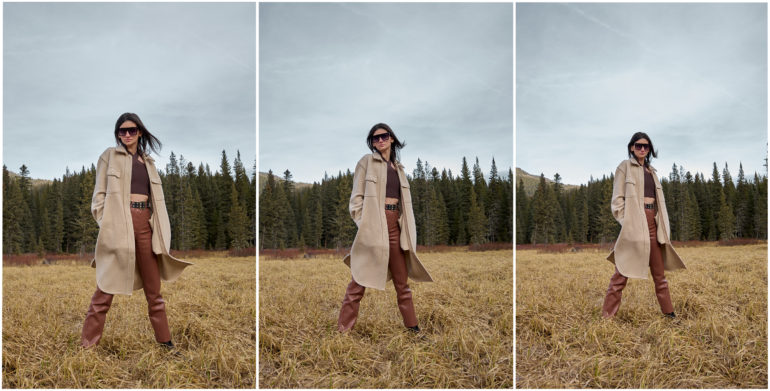
The Leica Tri-Elmar 16-18-21mm lens offers three distinctive angles of view with the click of a dial. Each focal length provides a unique wide-angle perspective with minimal distortion. Two aspherical elements and internal floating elements achieve consistency at each focal length in a compact design. The accurate rendering is ideal for architecture and interior photography. It also offers unique perspectives for fashion and portraiture. Other rangefinder lenses are primes only, but this gives you three prime lenses.
Ergonomics
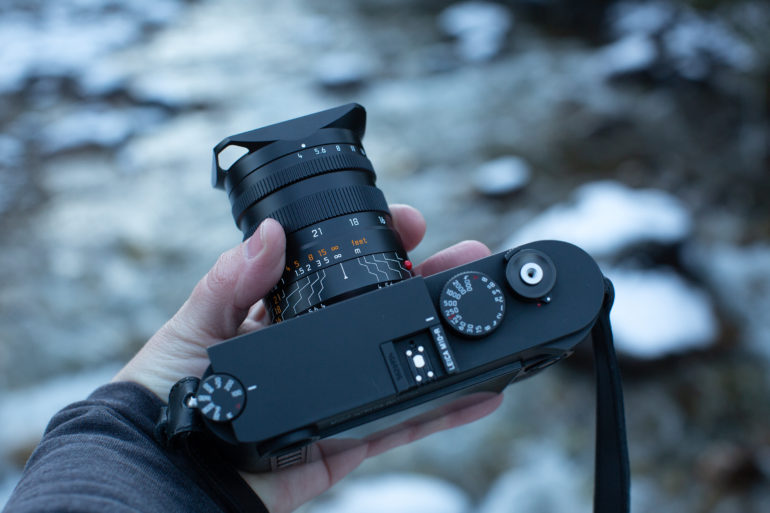
The Leica Tri-Elmar is compact and lightweight. It is 2.4” long and weighs less than 12 ounces. The lens fits in your hand and is comfortable enough to shoot with all day.
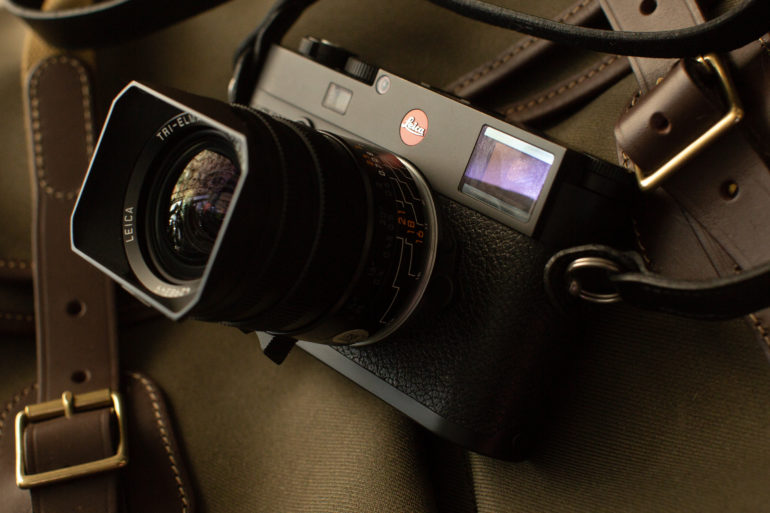
It resembles other Leica M-mount lenses in its physical appearance. The depth of field scale is located at the base, closest to the lens mount. Next is the focusing dial with a U-shaped finger rest. This is followed by the textured ring to switch between 16mm, 18mm, and 21mm.
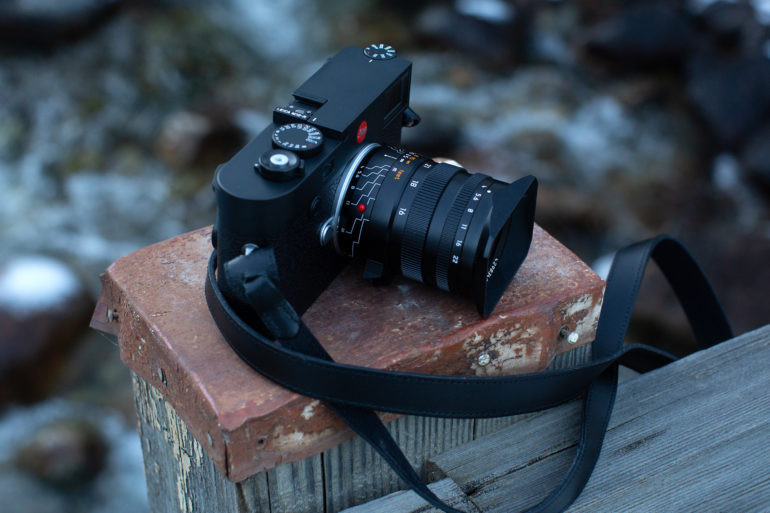
The aperture ring is located just beneath the screw-on lens hood.
Build Quality
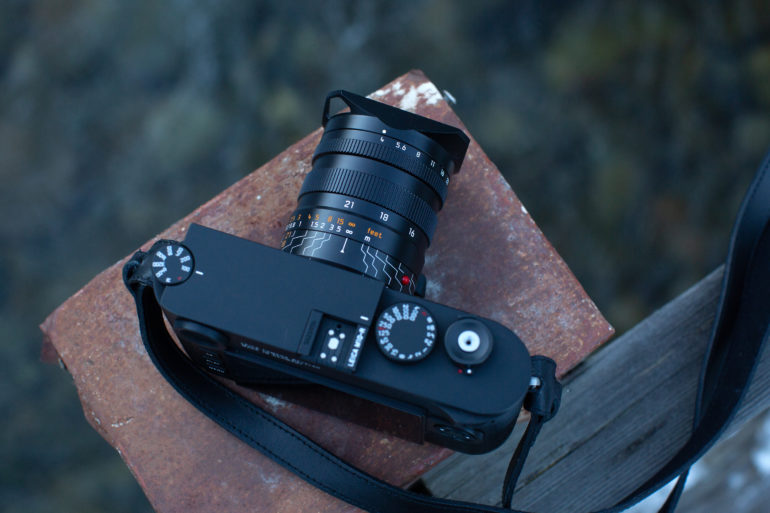
The Leica Tri-Elmar 16-18-21mm lens is well-constructed and feels solid. As with other Leica M-mount lenses, it is not fully weather-sealed. Leica has assured us their lenses are designed with weather sealing in mind. It performed without any issues in freezing temperatures and a sprinkling of sleet.
The smooth metal contrasts nicely with the textured rings, finger rest, and click-style aperture ring. Adjustments are easily made without ever having to leave the viewfinder. The focus barrel glides effortlessly, as you would expect from a lens with this price tag.
Focusing
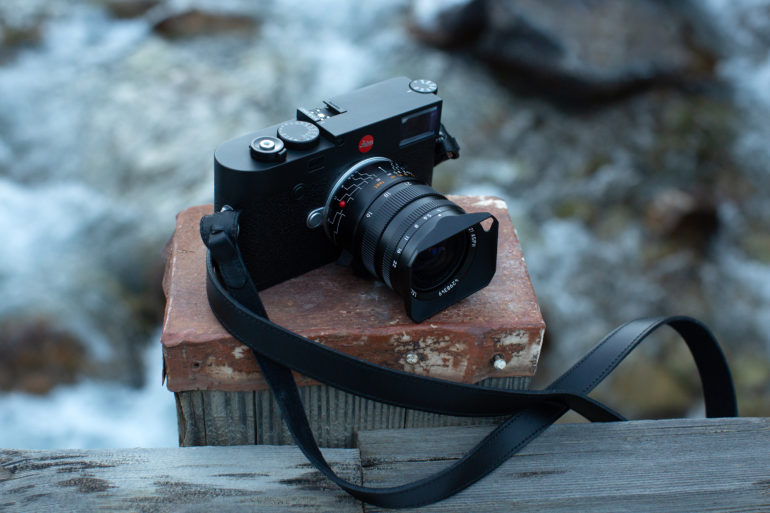
Focusing is done manually with this lens. It focuses from .5 meters to infinity. The barrel is smooth, and achieving center-focus within the viewfinder is achieved easily. Zone focusing is made faster by utilizing the depth-of-field scale. I enjoy becoming synonymous with the scene and slowly bringing the subject into focus.
Ease of Use
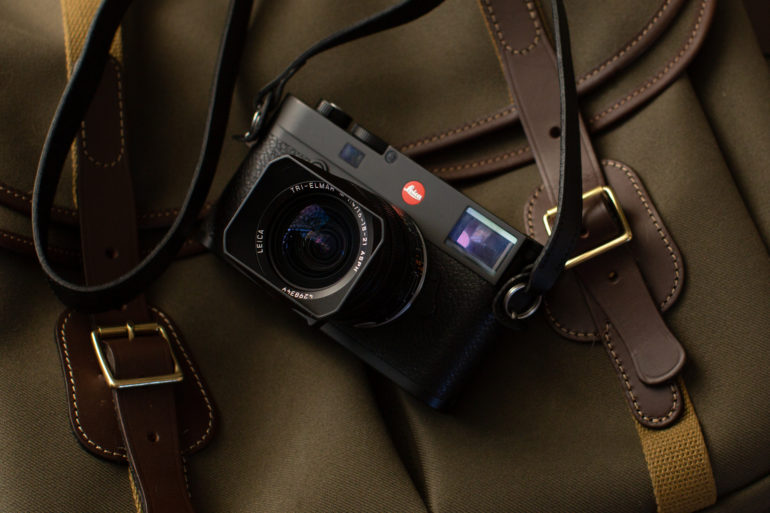
The Tri-Elmar is not a lens for beginners. I am pretty well-versed with manual focusing and opted not to order the universal wide-angle viewfinder. If I had to do it over, I would not have made that same choice. There is a great percentage of the frame that is not seen in the viewfinder. It took me several shoots to become acquainted with this before I felt like I had actually adapted accordingly. Once I became familiarized, this lens became an extension of myself. The contrasting textures paired with the click-style aperture ring and focal length ring made adjustments a breeze.
Image Quality
The Leica Tri-Elmar 16-18-21mm f4 lens creates sharp images with minimal distortion. It has plenty of contrast and color saturation which significantly cuts down on editing time.
Bokeh
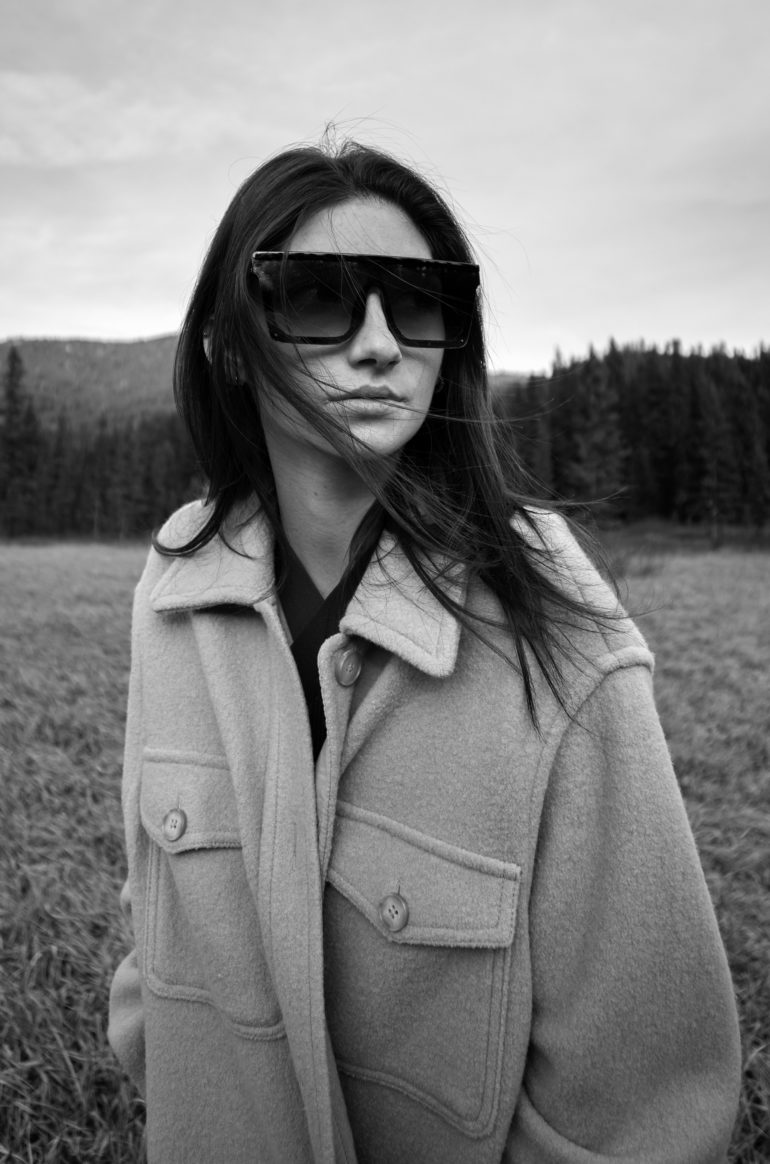
The recipe of wide-angle focal lengths paired with an f4 aperture does not yield velvety smooth bokeh. It does manage to separate subjects from their background well enough. I’d love to see an f2.8 version of this lens, although I don’t know how much I would love the price tag.
Sharpness
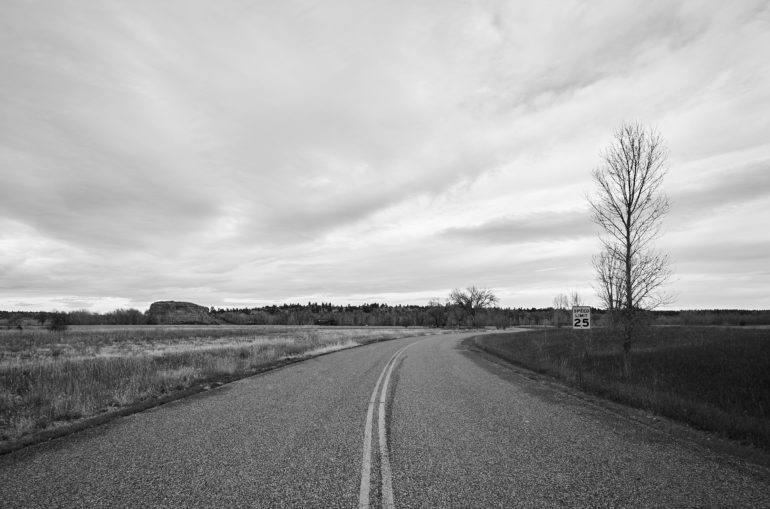
The Leica Tri-Elmar is a very sharp lens. Images are sharp throughout most of the frame, with slight softness at the corners when shooting wide open. This is naturally improved upon when stopping down.
Color Rendering
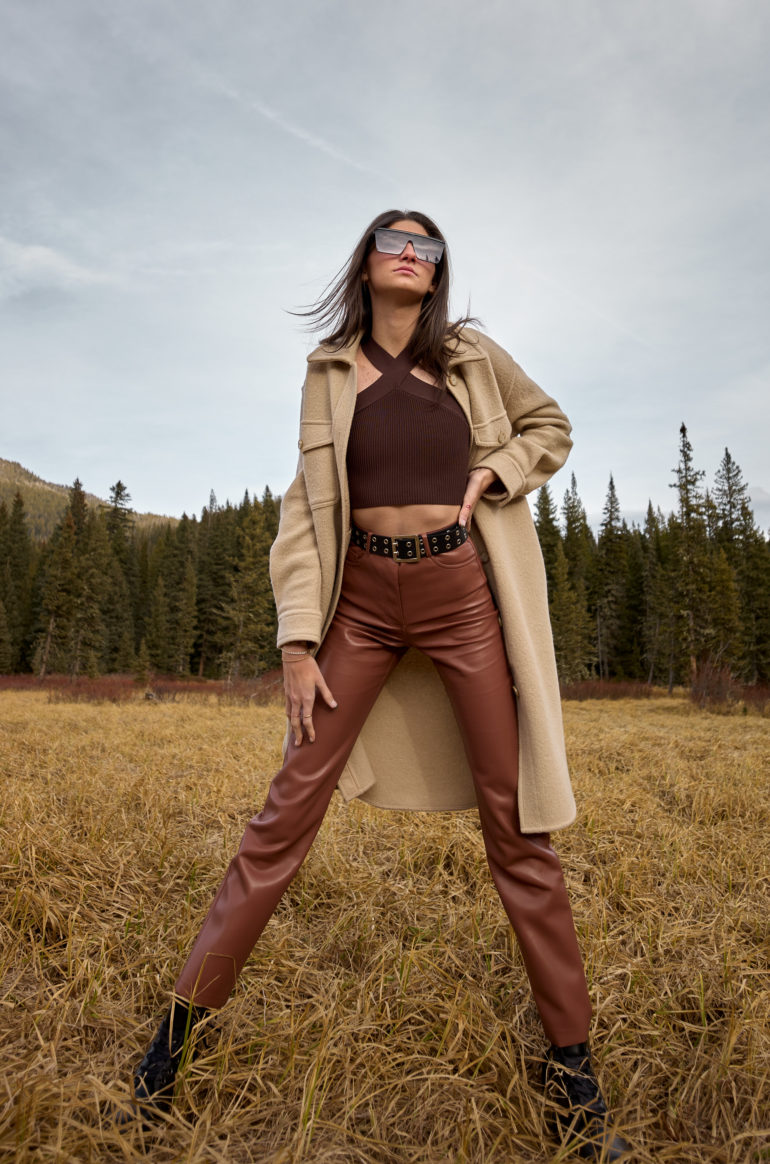
This lens creates beautifully saturated images with superb contrast. The tones are true to life and yet somehow even more pleasing. Skin tones are perfectly golden hues that aren’t overly magenta or green. Street scenes have an engaging extra pop of color, courtesy of the saturation and contrast provided by the Tri-Elmar.
Lens Character

The Tri-Elmar creates incredibly sharp images with plenty of contrast. The saturation makes ordinary colors pop. This lens has plenty of personality with a natural vignette and the ability to create sun flare. Distortion is minimal, and verticals are easily corrected in post. Highlight fringing is nearly imperceptible. These characteristics are easily remedied in post if you don’t prefer them.
Extra Image Samples
From day one, The Phoblographer has been huge on transparency. Nothing from this review is sponsored. Further, lots of folks will post reviews that show lots of editing in the photos. The problem then becomes that anyone and everyone can do the same thing. They’re not showing what the lens can do. So we have a section in our Extra Image Samples area to show edited and unedited photos. From this, you can make a decision for yourself.
Edited

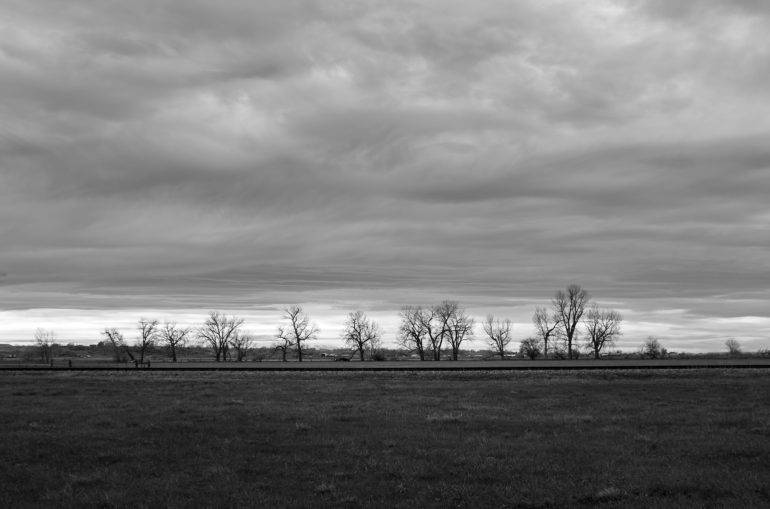
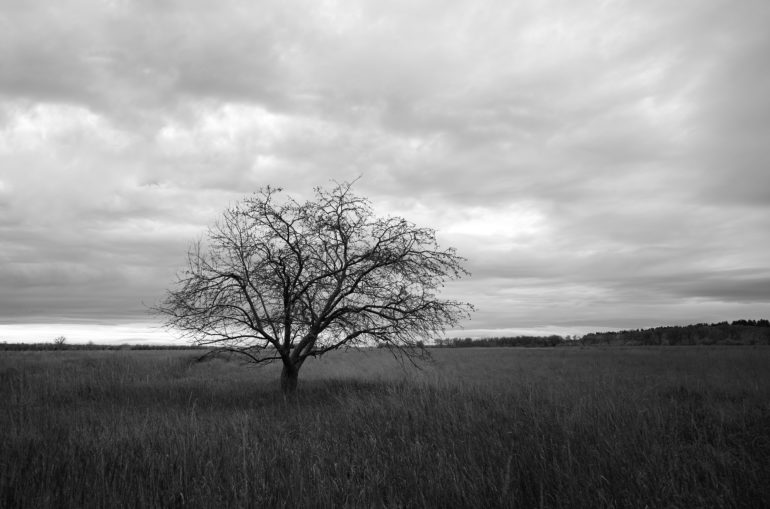

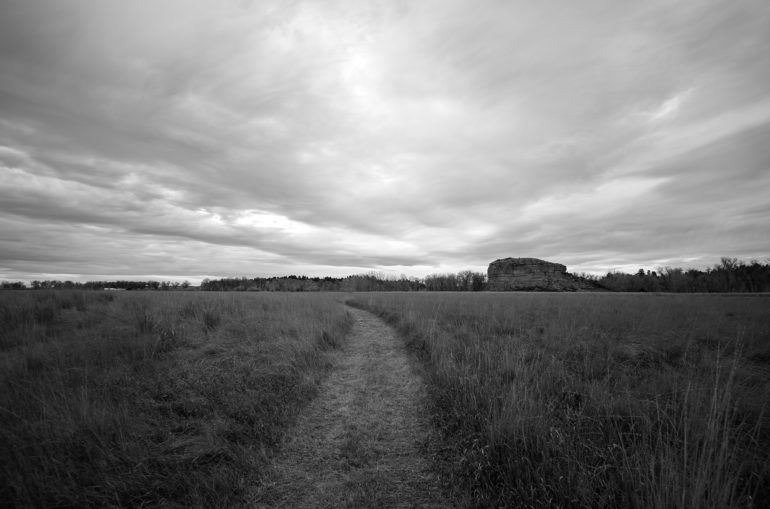
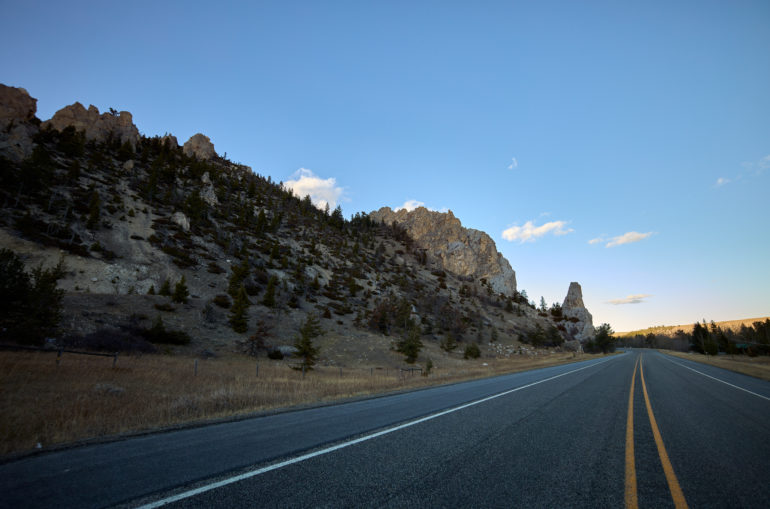




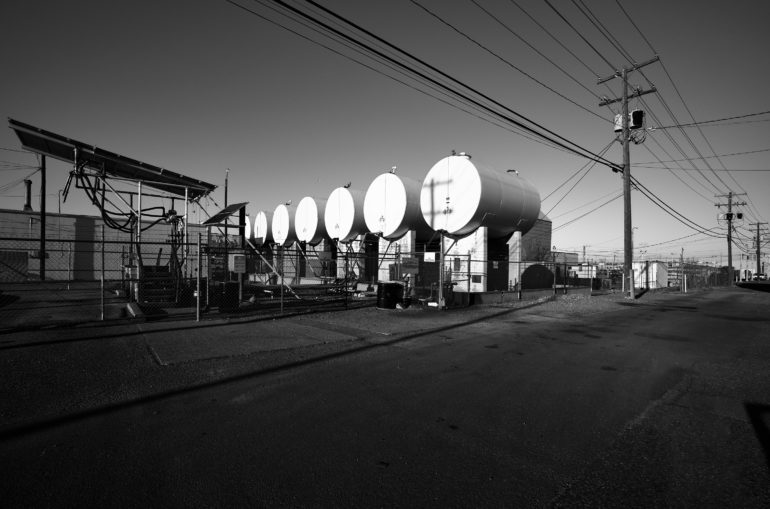

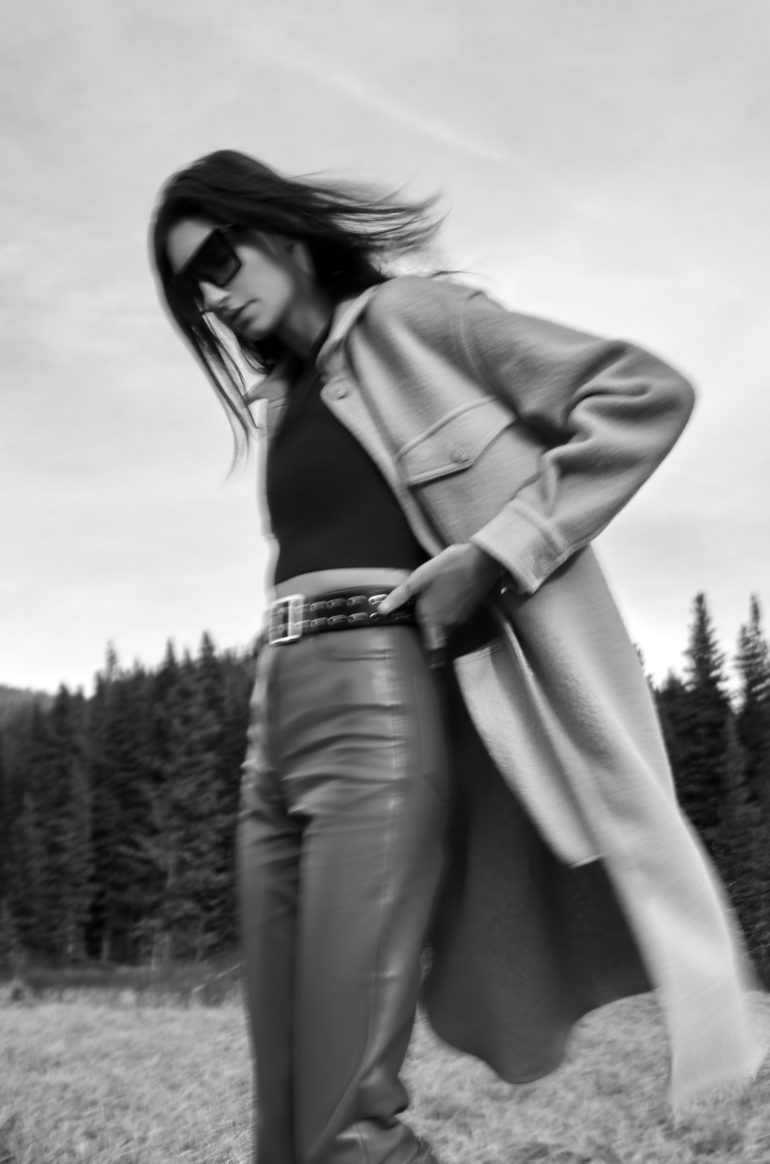
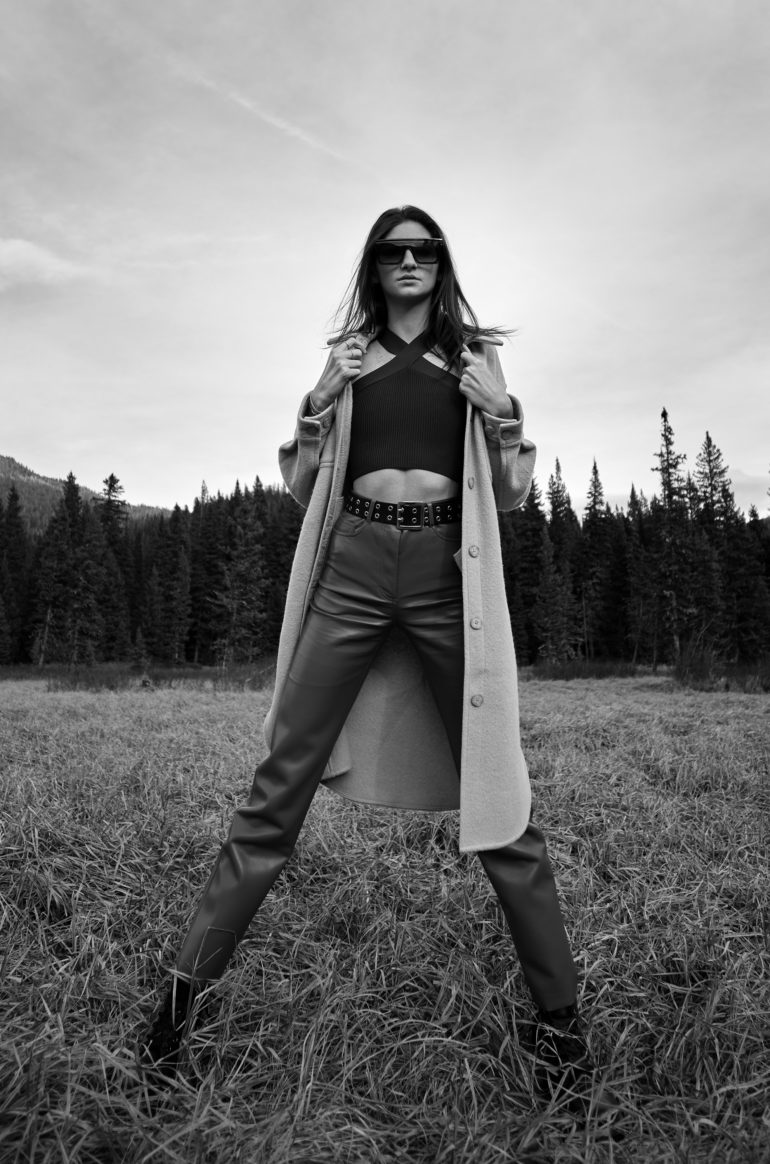
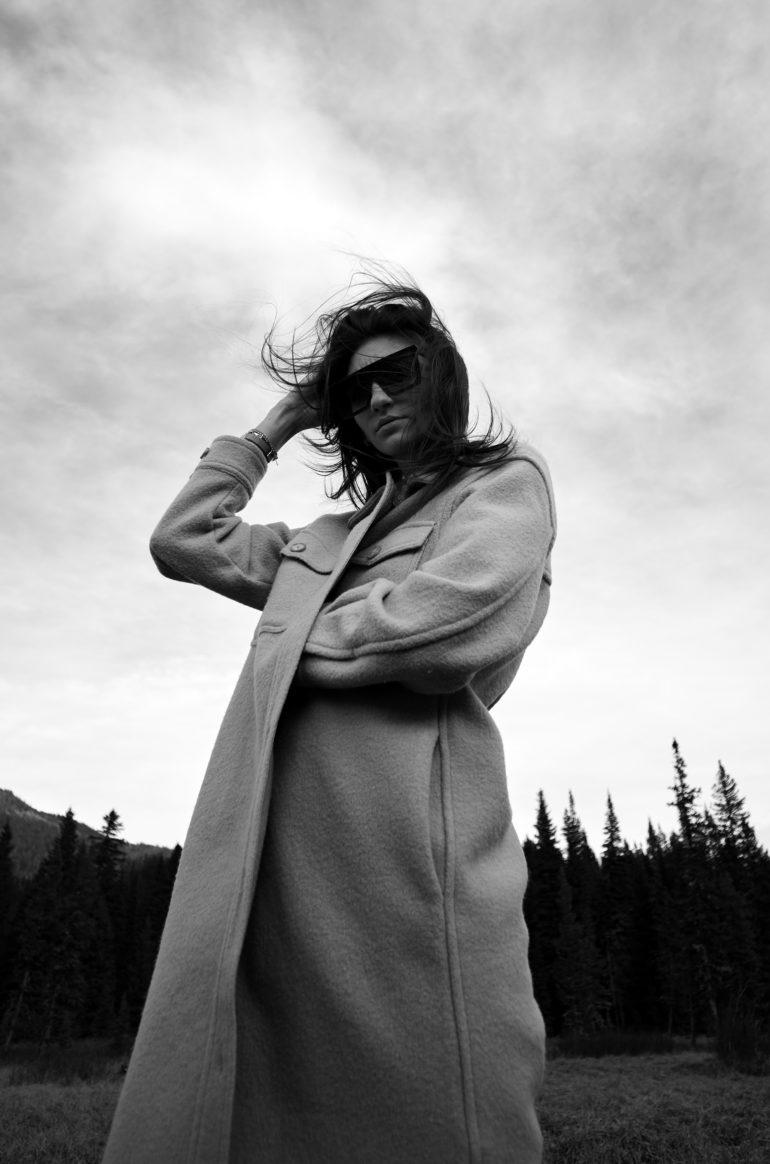





Unedited




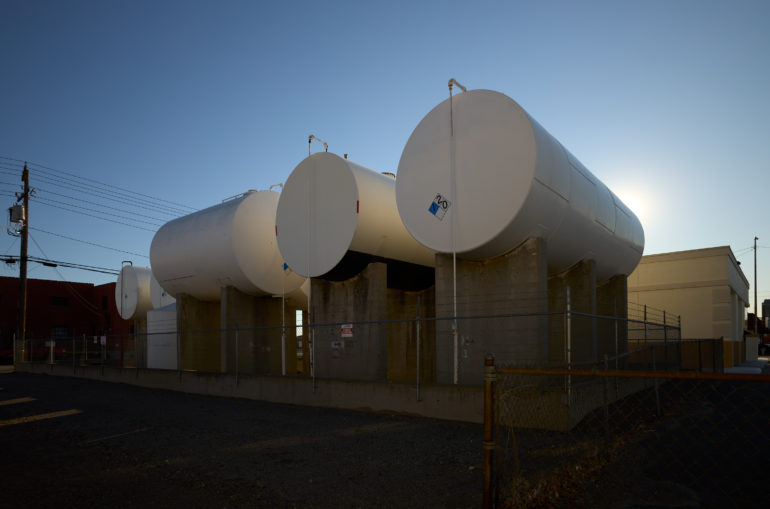


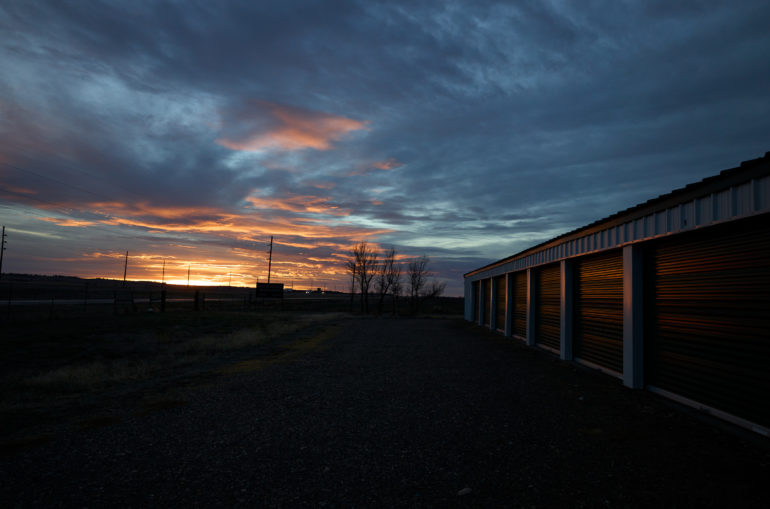


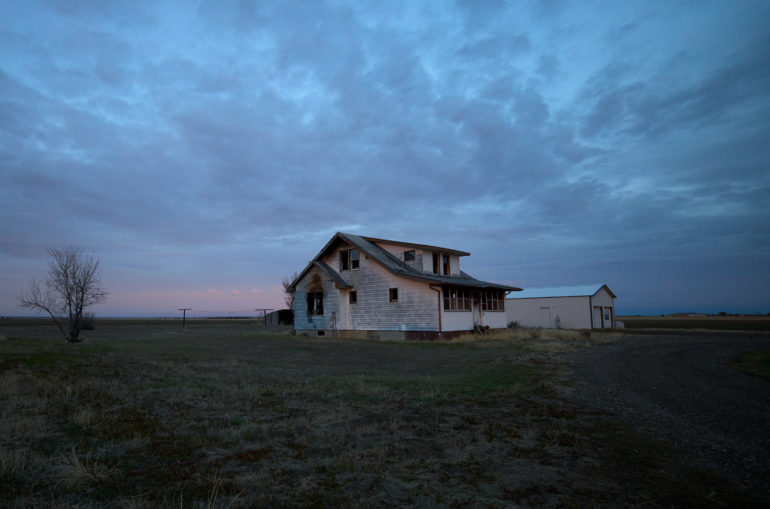

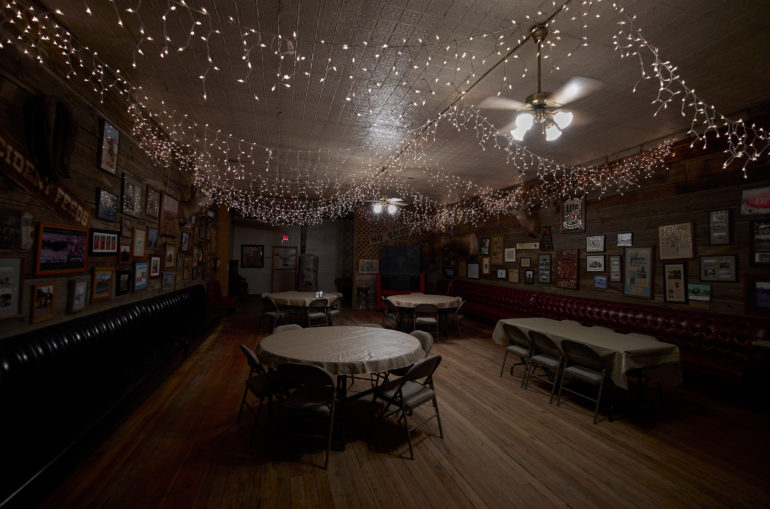
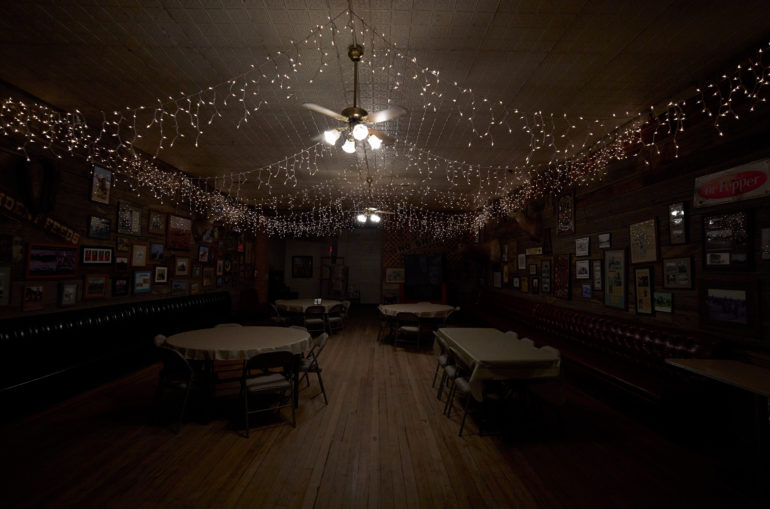



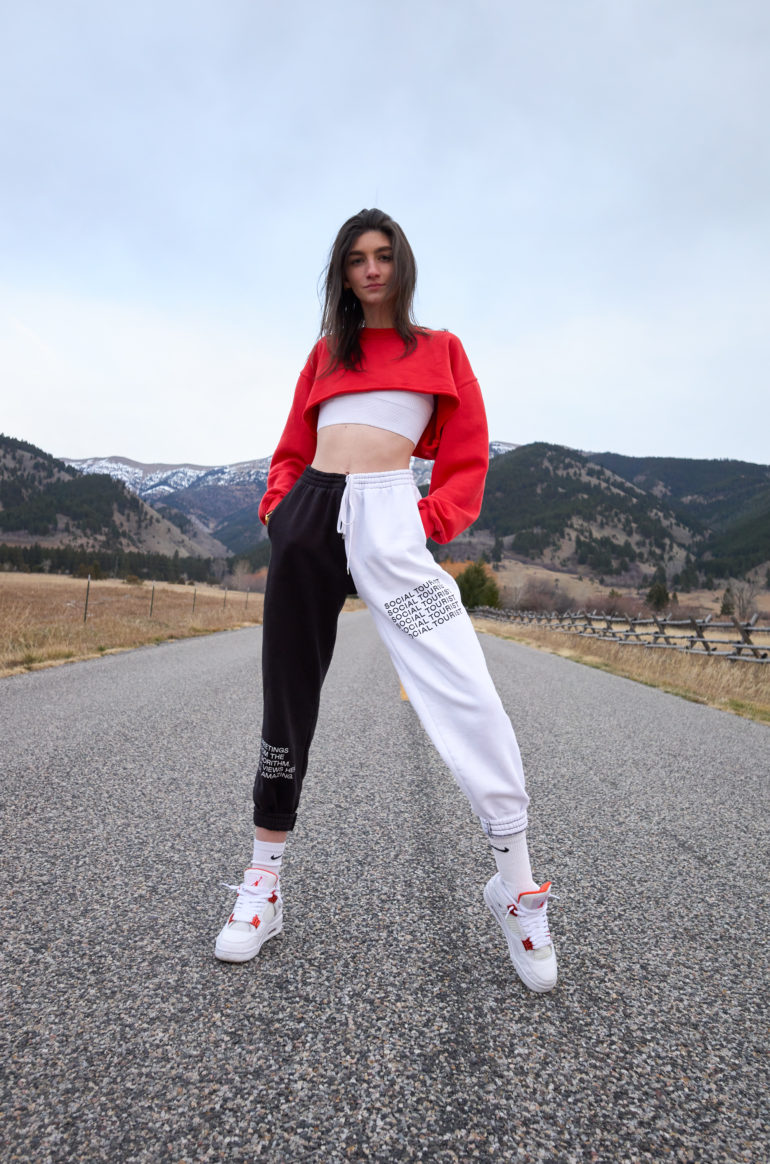

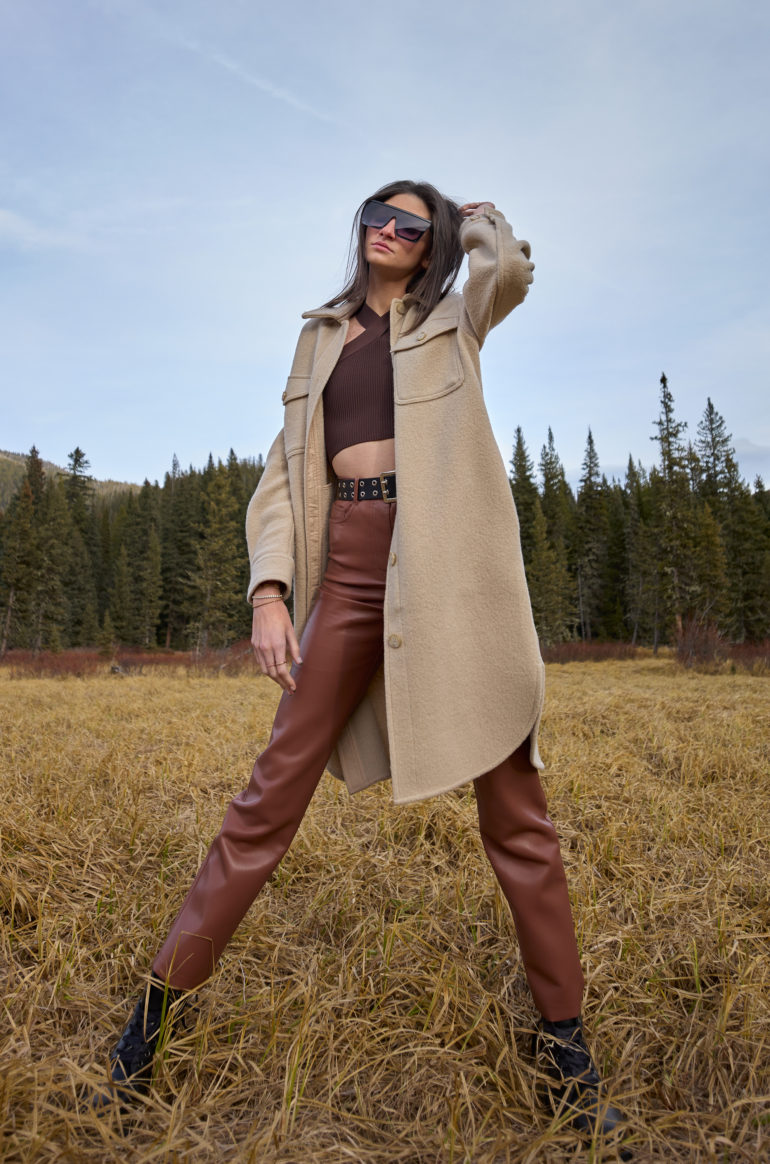
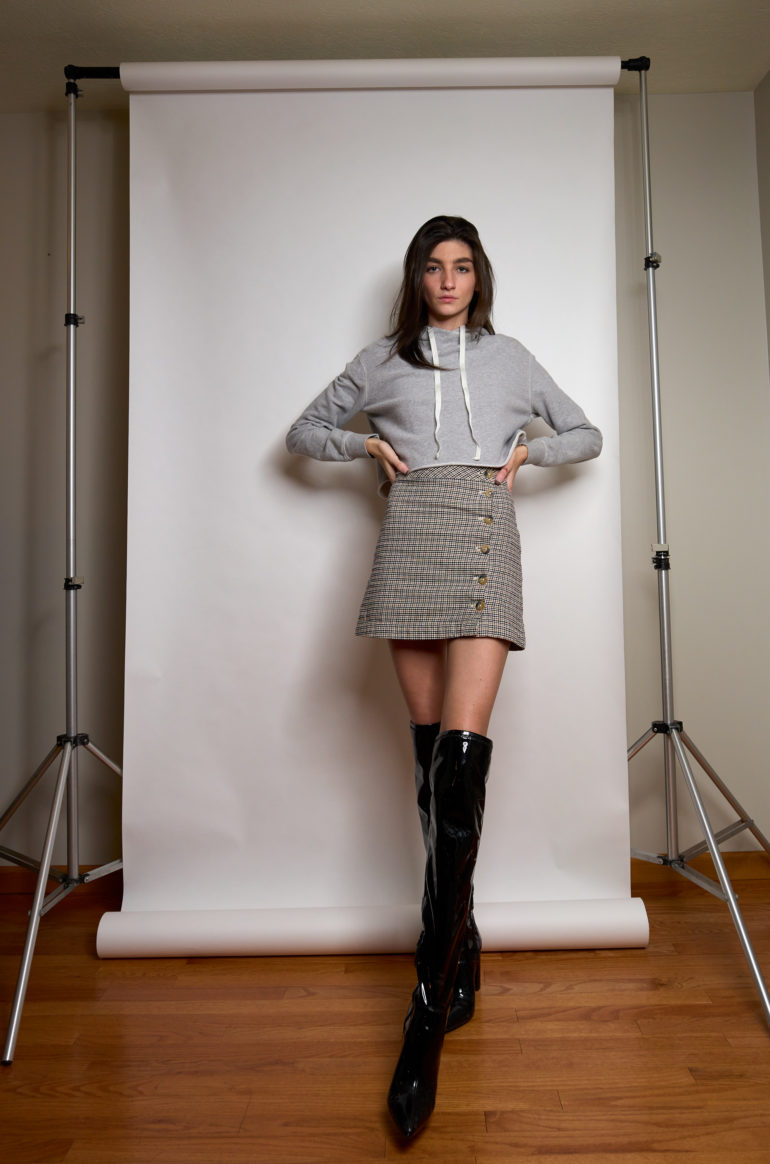


Conclusions of the Leica 16-18-21mm Tri-Elmar f4 Lens Review
Likes
- Three focal lengths in one
- It’s very sharp
- Image quality with gorgeous poppy colors and plenty of contrast
- Minimal distortion for being wide-angle
- Unique perspective
Cons
- It requires the use of an additional viewfinder to become acquainted quickly
- Pretty expensive
- Not truly weather sealed
The Tri-Elmar 16-18-21mm f4 offers three wide focal lengths in one compact design. You can compose one frame and easily change the perspective and focal length with the turn of a dial. It specializes in several genres quite well and makes it an excellent crossover lens. Keep readiis not an everyday lens, although it’s a specialty lens that excels in the right environment. It does take some practice to become familiarized with this lens, and I’d recommend the universal viewfinder. The learning curve is worth it.
The wide-angle focal lengths provided by it are best suited for architecture. It also yields creative perspectives that are great for fashion, environmental portraiture, and street photography. The image quality provided by this lens is excellent. I really appreciate the colors and contrast because it makes compelling images that require minimal retouching.

We are giving the Leica Tri-Elmar five out of five stars. Want one? You can check it out on Amazon or rent it from LensRentals for your next shoot.


